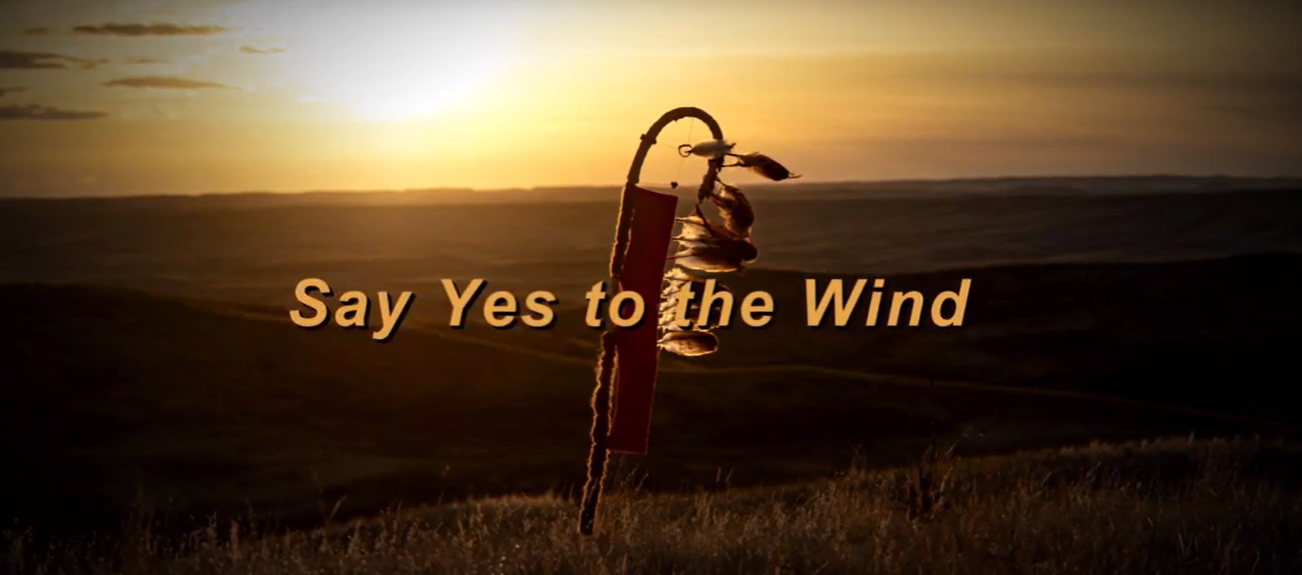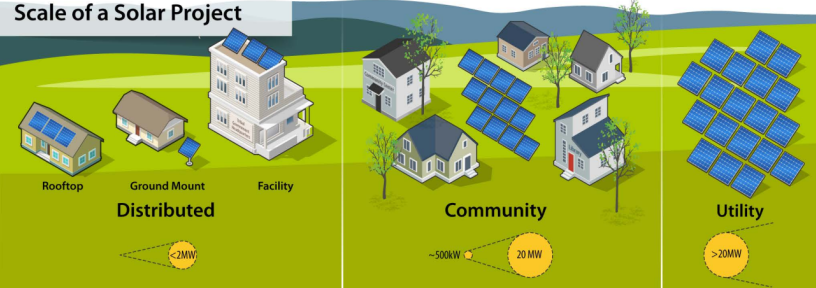What are the primary clean energy projects tribal governments are looking to finance?
Ken Ahmann - Colusa Indian Energy says:
The majority of our Tribal energy projects are full scale microgrids, which typically include a mix of power generation sources, including: solar PV, combined heat and power reciprocating engines (natural gas, biogas, hydrogen, etc), battery energy storage, primary utility tie, and all new underground distribution systems. Other projects include grid-tied solar PV, Level 3 EV charging infrastructure, station power developments (gas and biomass), and more.
Related Past Events:
EECBG Program provides $8.8 million to 774 eligible Tribes, including Alaska Native Regional and Village and can be used to upgrade buildings, install renewable energy equipment, or develop climate and clean energy plans.
The BIA’s Branch of Tribal Climate Resilience program will support federally recognized Tribes and Tribal organizations as they address current and future climate change impacts on Tribal Treaty and Trust resources, economies, regenerative agriculture, food sovereignty, conservation practices, infrastructure, and human health and safety. All 2024 award applications must be submitted online by October 18, 2024.
The Low-Income Communities Bonus Credit Program (48e) promotes cost-saving solar or wind investments in low-income communities, on Native American/tribal land, as part of affordable housing developments, and benefiting low-income households. Under this program, there are opportunities that can help fund 50% of solar project costs at Federally-assisted residential properties.
The Inflation Reduction Act of 2022 (IRA) has multiple clean energy tax credits available to Tribal governments, Alaska Native Corporations, businesses; tax-exempt organizations; state, local, and governments; other entities; and individuals.
The Office of Indian Energy provides financial assistance on a competitive basis to develop and deploy clean energy infrastructure and technology, and this table lists current clean energy funding and related opportunities for Indian Tribes and Tribal entities from the U.S. Department of Energy and other federal agencies and entities.

There are significant current opportunities for tribes to leverage federal funds to finance energy and decarbonization projects since “recent laws such as the America Rescue Plan, the Bipartisan Infrastructure Law, and the Inflation Reduction Act (IRA) include allocations specifically for Tribal and Native communities.” In an effort to support self-determination, these funds are critical for tribes to “prosper and flourish on their own terms.”
Historical investments from the Bipartisan Infrastructure Law (BIL) and Inflation Reduction Act (IRA) provide a once-in-a-generation opportunity to transform energy communities and create boundless opportunities for communities to redevelop and revitalize.
This guide for communities looking to plan or build clean energy projects provides an overview of many federal programs that offer funding or advice to support these types of projects.
Broadband and telecommunications, are sectors that represent areas of significant infrastructural need with tribal and Native lands, provide tremendous current opportunities for significant funding, and offer fertile ground for new partnerships with non-Native entities and governments.
As tribes work on projects to grow and improve their communities, it is essential that all the various sectors of community economic development are involved in the conversation together through a holistic planning process.
The session featured a panel discussion on the impacts of energy projects on tribal and Native lands. Our panelists Kenneth Ahmann, Ken Stock, and Wendolyn Holland shared a wealth of expertise and insight into the importance and timeliness of the energy sector and its impact on community economic development.














